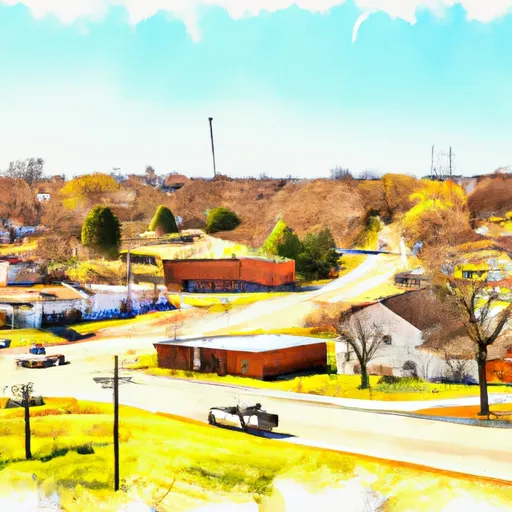°F
°F
mph
Windspeed
%
Humidity











Loose Creek is a small community located in Osage County, Missouri. The town experiences a humid continental climate characterized by hot and humid summers and cold winters. Summers are typically warm with temperatures ranging from 80°F to 90°F, while winters are cold with temperatures averaging around 30°F. Precipitation is fairly evenly distributed throughout the year, with an average annual rainfall of around 43 inches.
The town is surrounded by beautiful natural scenery, with creeks, streams, and rivers running through the area. The primary hydrology constituent in Loose Creek is the Loose Creek itself, which flows through the town and offers opportunities for various outdoor activities. Fishing enthusiasts can enjoy catching a variety of fish species, such as bass, catfish, and crappie, while nature lovers can explore the picturesque landscapes by kayaking or canoeing along the creek.
In addition to water activities, Loose Creek also provides opportunities for hiking and camping. The nearby Loose Creek Conservation Area offers trails for hikers to explore and observe the local flora and fauna. Camping facilities are available for those who wish to spend the night and enjoy the tranquility of the area.
Overall, Loose Creek, Missouri, offers a welcoming environment for outdoor enthusiasts to experience the natural beauty of the region through various recreational activities.
Weather Forecast
Loose-Creek receives approximately 1074mm of rain per year, with humidity levels near 86% and air temperatures averaging around 13°C. Loose-Creek has a plant hardyness factor of 6, meaning plants and agriculture in this region thrive during a short period during spring and early summer. Most plants will die off during the colder winter months.
Regional Streamflow Levels
1
Cubic Feet Per Second
112
Cubic Feet Per Second
32
Cubic Feet Per Second
10
Cubic Feet Per Second
Nearby Camping
| Camping Area | Reservations | Toilets | Showers |
|---|---|---|---|
| Tar Camp | |||
| Willow Beach | |||
| Trulock - Arkansas River | |||
| Grand Marais County Park | |||
| Saracen Trace RV Park | |||
| Crossett RV Park |



